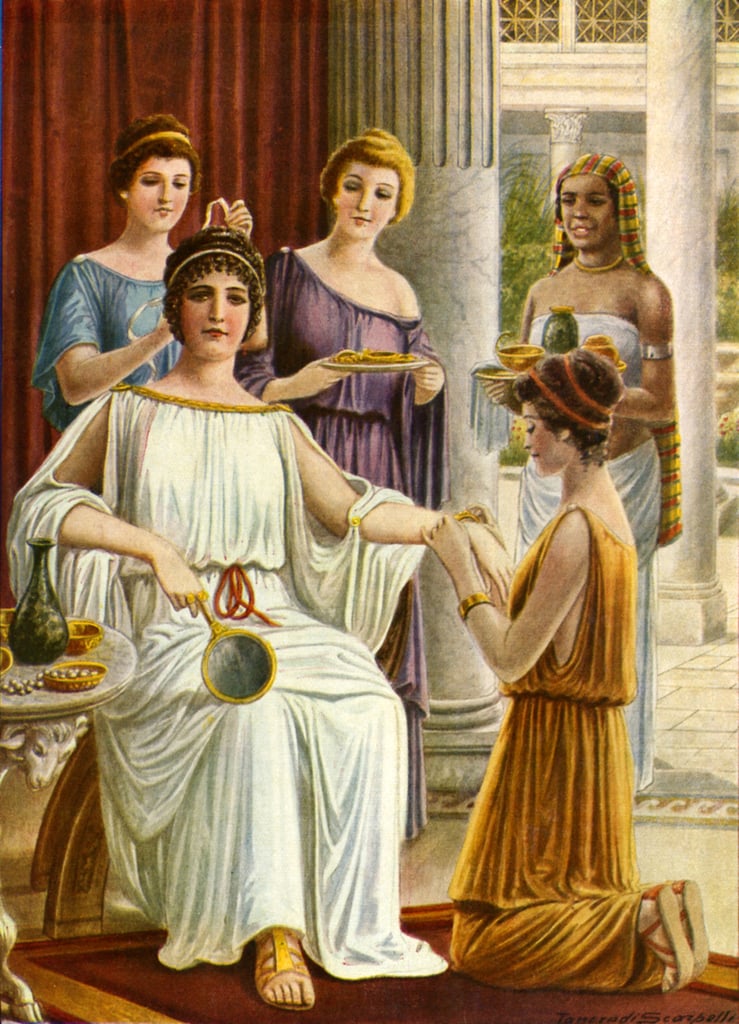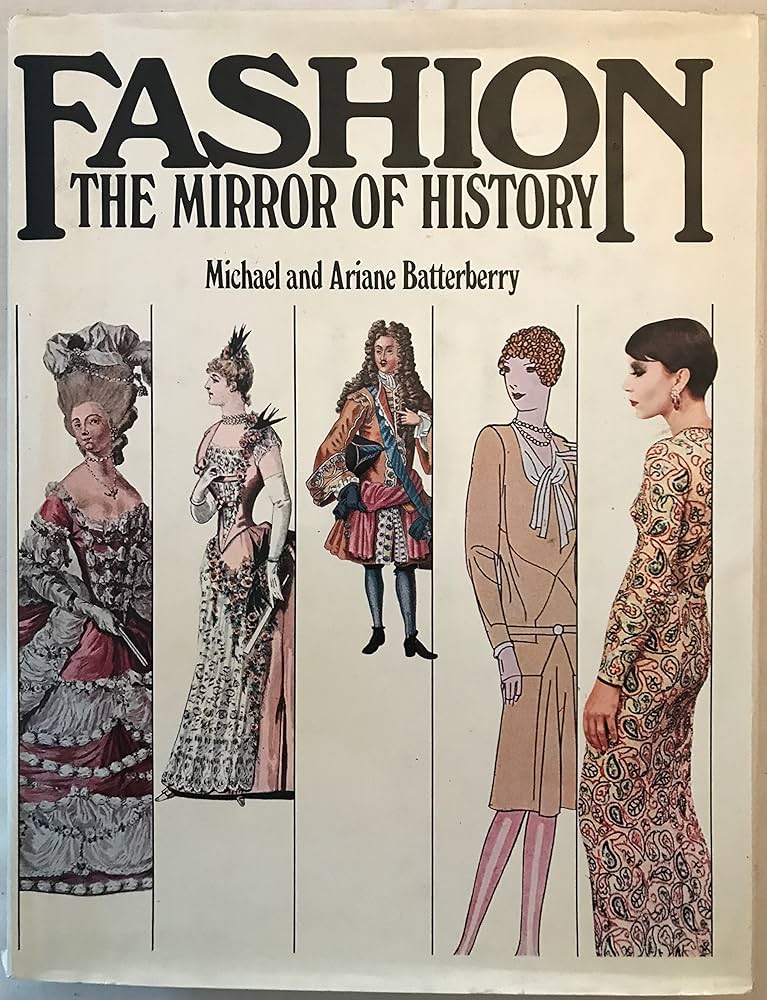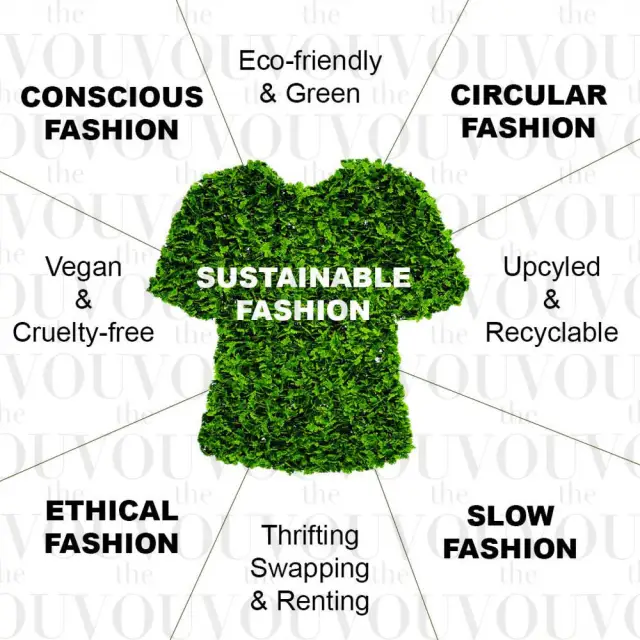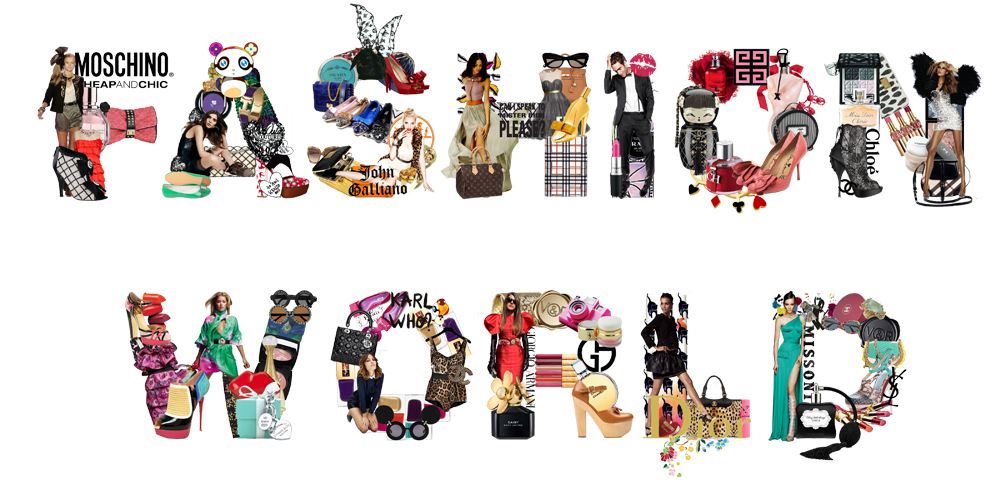Fashion is not just about the clothes we wear; it’s a vibrant language that speaks volumes about our history, identity, and the world we live in. It’s a dynamic interplay between tradition and innovation, a canvas where cultural narratives are woven together, creating a rich tapestry that tells the story of who we are and where we come from. In this blog, we’ll explore the intricate relationship between fashion and culture, delving into how they influence each other and shape our understanding of beauty, identity, and society.
The Historical Perspective
Ancient Threads

Fashion has always been a cultural artifact. From the togas of ancient Rome to the elaborate kimonos of feudal Japan, clothing has been a powerful symbol of identity, status, and societal norms. These garments weren’t just about aesthetics; they were deeply embedded in the cultural fabric, reflecting the values, beliefs, and customs of their time.
The Renaissance of Fashion
The Renaissance period marked a significant shift in fashion, mirroring the broader cultural awakening. Clothing became more elaborate and ornate, reflecting the era’s artistic and intellectual blossoming. This period also saw the emergence of fashion as a form of personal expression, with people starting to use their attire to assert their individuality and status.
The Cultural Mosaic of Modern Fashion
Fashion as a Cultural Mirror

In the modern world, fashion continues to be a reflection of cultural changes. The roaring 1920s, with its flapper dresses, mirrored the era’s spirit of liberation and rebellion. The post-war 1950s saw a return to conservatism in fashion, while the 1960s and 70s, with their counterculture movements, brought about a radical shift in how people dressed.
The Globalization of Style
Today, fashion is a global language. The rise of the internet and social media has led to a cross-pollination of styles, with cultural boundaries becoming increasingly blurred. This has given rise to a more eclectic and inclusive approach to fashion, where traditional garments and contemporary designs coexist and influence each other.
Fashion as a Cultural Dialogue
The Power of Representation
Fashion is a powerful tool for cultural representation and inclusivity. Designers from diverse backgrounds are bringing their cultural heritage to the global stage, challenging stereotypes and broadening our understanding of beauty. This has led to a more diverse and inclusive fashion industry that celebrates a multitude of voices and perspectives.
Sustainable and Ethical Fashion

There’s also a growing awareness of the ethical and environmental impact of fashion. This has given rise to sustainable fashion movements, where traditional techniques and eco-friendly practices are being revived and celebrated. This shift is not just about being environmentally conscious; it’s also about respecting and preserving cultural heritage and craftsmanship.
Fashion is much more than just clothing; it’s a vibrant, ever-evolving dialogue between tradition and innovation, a reflection of our cultural identity and societal changes. As we move forward, it’s exciting to think about how this dialogue will continue to evolve, shaping and being shaped by the world around us. Fashion, in its essence, is a celebration of our shared humanity, a tapestry woven from the threads of our diverse cultural narratives.
